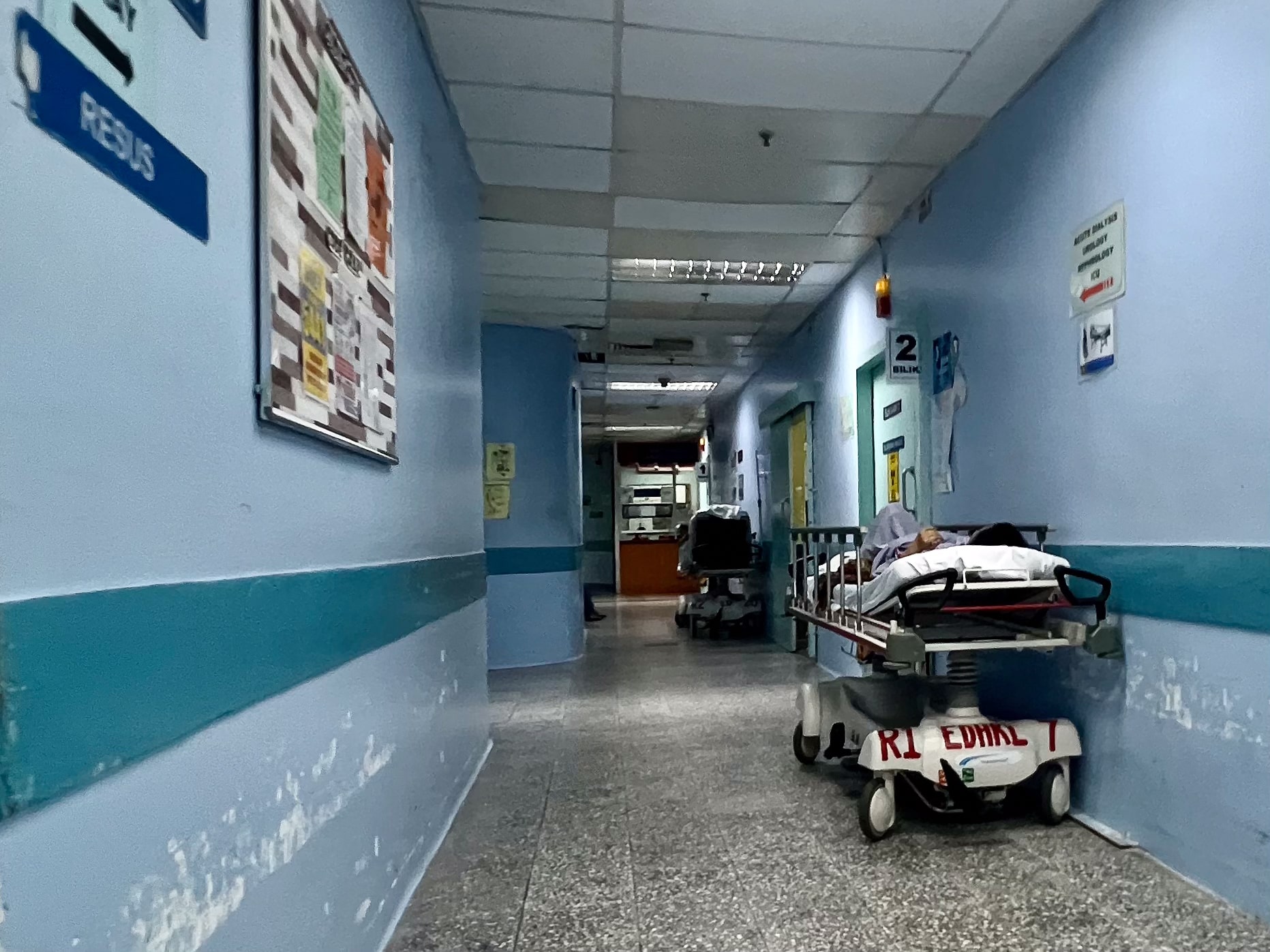KUALA LUMPUR, July 20 – More than 900 senior medical officers from Selangor and Kuala Lumpur are expected to leave their posts by month end, potentially triggering a massive disruption of public health care in the Klang Valley.
Kuala Lumpur Hospital (HKL) is expected to lose a whopping 300 trained medical officers to the Ministry of Health’s (MOH) nationwide doctor relocation exercise, with many heading eastwards to Sabah and Sarawak.
HKL, the biggest MOH hospital in Malaysia located in the capital city, is expected to receive only 100 medical officers from placements via the eHousemen system, leading to a net loss of 200 doctors, according to a source at HKL.
Preliminary MOH data, as sighted by CodeBlue yesterday, revealed that 701 medical officers currently serving in Selangor’s public hospitals and klinik kesihatan are part of the relocation exercise for permanent placements.
Among them, 642 work in hospitals, with 193 (30 per cent) expected to be stationed in Sabah and Sarawak.
Notably, an equal proportion of doctors, comprising the other near one-third of the 642 Selangor hospital medical officers involved in the relocation exercise, have obtained placements within the state. Eighty of these hospital doctors in the state managed to stay in their current facility.
The status of klinik kesihatan doctors involved in the relocation exercise has yet to be updated. All of these figures are not yet finalised and subject to change.
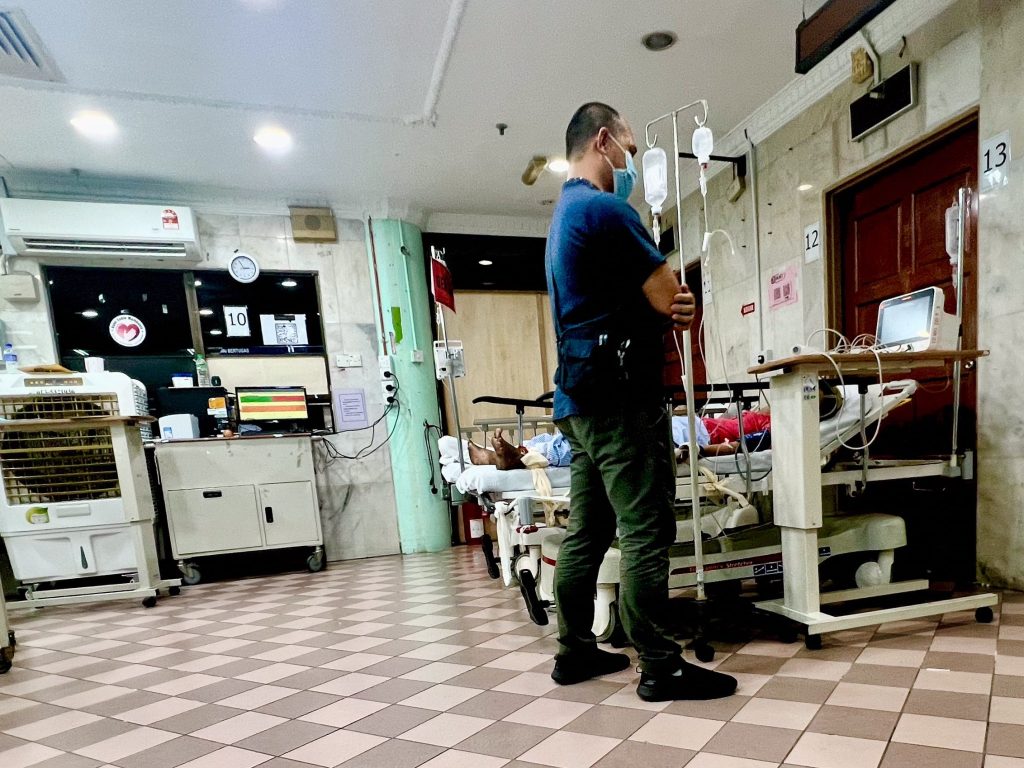
Overall, about a quarter, or some 1,000 doctors, of the nationwide relocation exercise of 4,200 medical officers for permanent placements are currently working in the Klang Valley, the country’s most populous and commercial region.
In Selangor, Selayang Hospital has the highest number of medical officers up for permanent placements with 120 medical officers, followed by Serdang Hospital (107), Sungai Buloh Hospital (104), Tengku Ampuan Rahimah Hospital (HTAR) in Klang (93), and Ampang Hospital (55).
The rest includes district hospitals: Shah Alam Hospital (45), Kajang Hospital (40), Banting Hospital (36), Cyberjaya Hospital (17), Tanjong Karang Hospital (11), Tengku Ampuan Jemaah Hospital (HTAJ) in Sabak Bernam (7), Kuala Kubu Bharu Hospital (5), and Gombak Orang Asli Hospital (2).
Another 59 medical officers currently serving in public health clinics in Ampang, Bangi, Banting, Bukit Changgang, Gombak, Kajang, Klang, Kuala Selangor, Rawang, Sekinchan, Selayang, Sungai Besar, Sungai Buaya, Tanjong Karang, and Telok Panglima Garang are also involved in the relocation exercise. Among them, at least 19 medical officers, or a third of the total, have been offered placements in Sabah and Sarawak.

HKL and public hospitals and klinik kesihatan in Selangor cater to a population of more than nine million people in the Klang Valley. Sabah and Sarawak have a population of 3.4 million and 2.5 million respectively.
However, the crucial difference is not only in the size of the population served between Klang Valley, and Sabah and Sarawak public hospitals, but the wide array of services offered by developed Klang Valley tertiary facilities that receive patients from across the entire country (which necessitates a much larger workforce together with infrastructure).
HKL, the country’s largest tertiary hospital that is over 150 years old, has 53 departments and units. Selayang Hospital’s hepatology department is the national tertiary referral centre for liver diseases, while Serdang Hospital has a national tertiary cardiac referral centre for complex cases of heart disease.
Ampang Hospital is the national tertiary referral centre for haematology, or blood disorders. Sungai Buloh Hospital is the country’s infectious disease centre. HTAR Klang, Selangor’s state hospital, receives patients from district hospitals in Banting and Shah Alam, and from areas as far as Kuala Langat and Kuala Selangor.
Selayang Hospital and Sungai Buloh Hospital Doctors Can’t Stay, Only One At Serdang Hospital Can Remain

Health Minister Dr Zaliha Mustafa last month said that over 1,000 medical officers involved in the nationwide relocation exercise had appealed to stay in their current location.
CodeBlue understands that the outcome of the appeals was disclosed last July 12, with the majority of appeals being unsuccessful. Successful appeals were reportedly limited to doctors already enrolled in a Master’s programme.
HTAR has the highest number of medical officers retaining their positions, with at least 43 medical officers successfully securing HTAR slots via the eHousemen system. Other hospitals with significant retention of their medical officers include Ampang Hospital (11), Banting Hospital (8), Tanjong Karang Hospital (6), and HTAJ Sabak Bernam (5).
However, the situation is different for other hospitals. It should be highlighted that none of the officers up for permanent placement in Selayang Hospital and Sungai Buloh Hospital had the option to stay, despite both hospitals facing one of the heaviest outflows of manpower at 120 and 104 medical officers respectively.
Of Serdang Hospital’s 107 doctors up for permanent placements, only one managed to stay in their current facility.
Taking into account the number of medical officers who managed to remain in their current facility of service, HTAR Klang and Ampang Hospital may be losing 50 and 44 doctors net respectively or fewer.
This depends on whether some manage to get approvals for their appeals to stay, including those who took the Medical Specialist Pre-Entrance Examination (MedEx), while others may reject the offer of permanent placements to remain in their current facility.
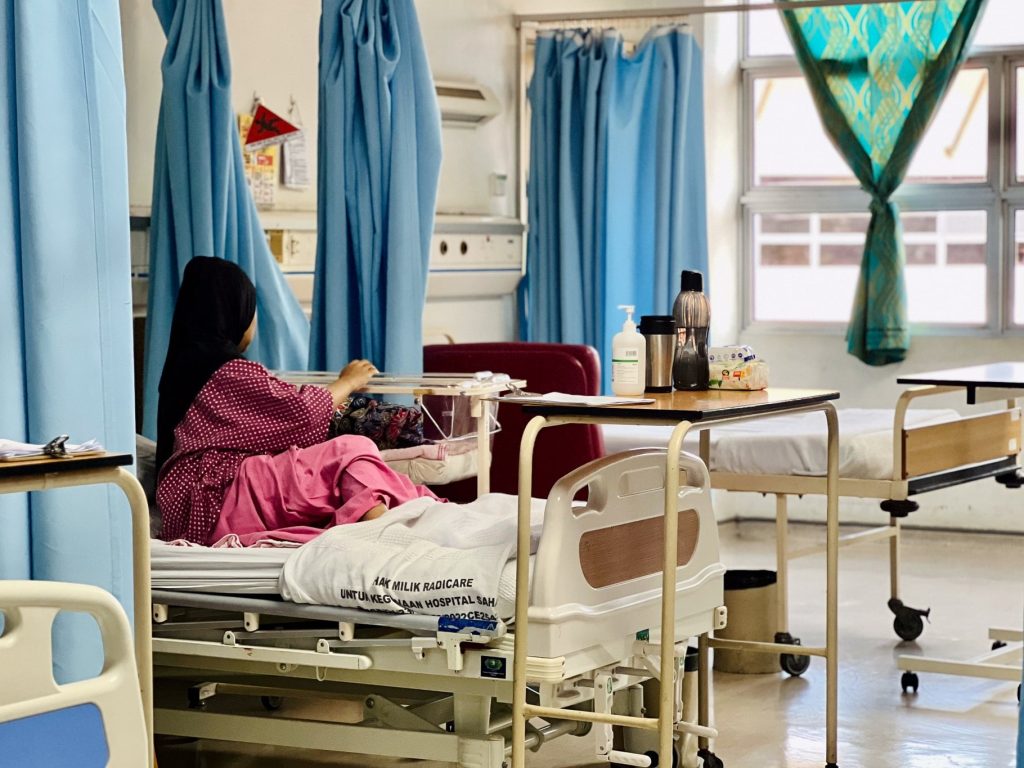
Like HKL, the majority of hospitals and klinik kesihatan in Selangor anticipate a higher number of departures than arrivals. At Selayang Hospital, doctors who spoke to CodeBlue said that the hospital is not expecting the arrival of any new officers, as it was not included as an option in the eHousemen system accessible from last June 9 to 24.
The reason for Selayang Hospital’s omission is unknown. CodeBlue previously reported that the entire state of Melaka was completely omitted from the eHousemen system, allegedly due to a miscommunication “blunder”.
To cope with the shortage of doctors resulting from relocations out of the state, Melaka Hospital has suspended its iFOBT (immunochemical faecal occult blood test) colorectal cancer screening service and is looking to halve the number of elective surgeries offered.
Doctors at HKL and Selayang Hospital have voiced deep concerns about the potential increase in workload burden on existing staff who are already contending with chronic staffing levels, resulting from staff burnout and frequent resignations.
Talks of service cuts were dismissed as “impossible” as most Klang Valley government hospitals serve as referral centres, with HKL being the premier national referral centre.
CodeBlue requested for comments from Selangor state health director Dr Sha’ari Ngadiman, the top management of HKL and Selayang Hospital, as well as Health Minister Dr Zaliha Mustafa’s office, to verify the data and doctors’ complaints about the situation in Klang Valley, but none responded at the time of writing.
Doctor Relocations Due To Klang Valley ‘Surplus’, Expanded Services In Other States

A senior doctor, requesting anonymity due to a civil servant gag order, told CodeBlue that the reason for the relocation of many Klang Valley medical officers to other states is primarily driven by a purported “excess” of government doctors in the region, combined with the expansion of services in other states.
“What happens is the MOH will assess the requirements of all states, including the number of medical officers needed. We have to remember that a lot of services across all medical disciplines have expanded, all of which require more medical officers,” said Dr Lokman (pseudonym), who has knowledge of the matter.
“For example, Cameron Highlands has requested to be designated as a specialist hospital. Similarly, Pekan wants to become a full-fledged specialist hospital. Sabah also has proposed converting some of its smaller, or district hospitals, into minor specialist hospitals.
“To carry out these plans, we need medical officers, right? This is where the problem lies.”
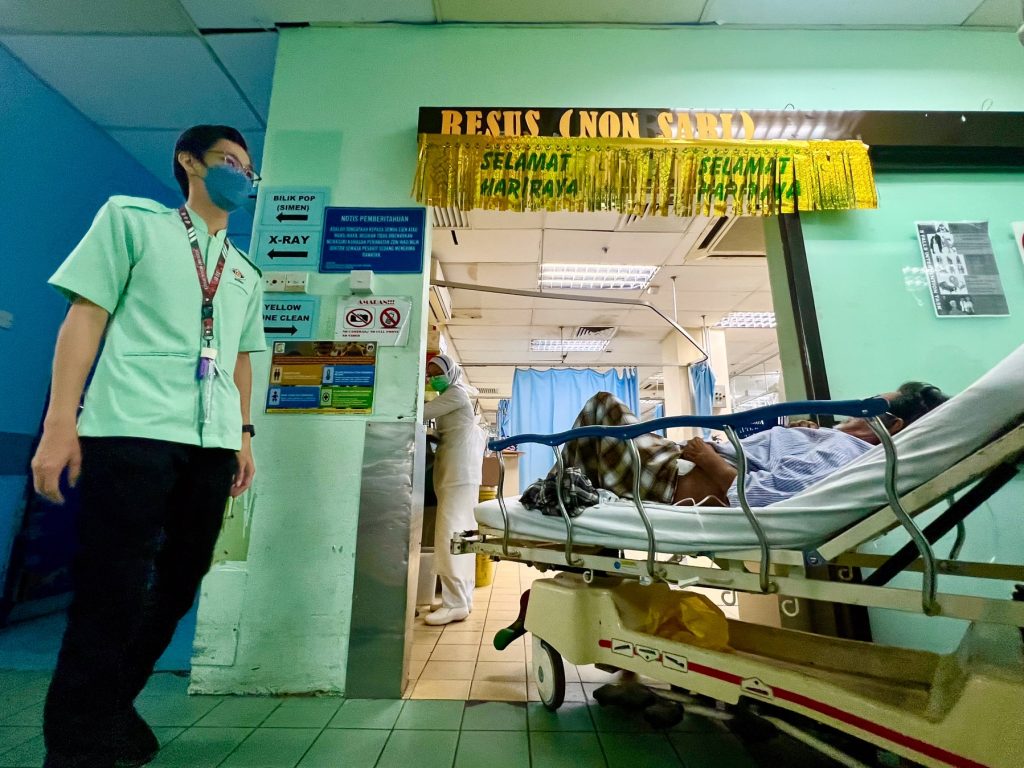
Apart from Selangor, Sabah, and Sarawak, Pahang is also a primary destination for the July 31 relocation. About 11.5 per cent (74 medical officers) of 642 Selangor government hospital doctors involved in the relocation are expected to be redeployed to areas like Bera, Bentong, Jengka, Jerantut, Kuala Lipis, Mentakab, Pekan, Raub, Rompin, and Temerloh.
“During the Covid pandemic, and even before that, certain states were allocated a specific number of medical officers. This was additional (extra) allocation because the arrangements were mostly on a contract basis. At HTAR, for example, on paper, the projected number of medical officers required for the entire hospital is 700 – again, this is just an example,” Dr Lokman said.
“Let’s say they have about 500 existing manpower already at the hospital. When MOH gives an additional 400 officers to HTAR, it means they actually have 200 medical officers more than the 700 officers needed. So, what usually happens is, after HTAR’s needs are fulfilled, these 200 extra medical officers will be relocated elsewhere.
“When the relocation happens, this is when the service will feel the ‘pinch’.”
Dr Lokman added that it is not feasible for the MOH to fulfil all transfer requests to avoid imbalances.
“We need to send some to Pahang because Cameron Highlands needs officers. There is also a need for officers in Kuala Lipis because the number of patients and services there have also increased. Then, you have the likes of Sultanah Aminah Hospital (HSA) and Sultan Ismail Hospital (HSI) in Johor who also have manpower issues.
“This is when some medical officers will opt not to take up permanent roles, so they can stay, and others will delay and try to negotiate – which is common, and we understand. But like it or not, the ministry sometimes has to put its foot down.”
‘If There Is A Surplus, Doctors Wouldn’t Be Pulling Double Or Triple Shifts’
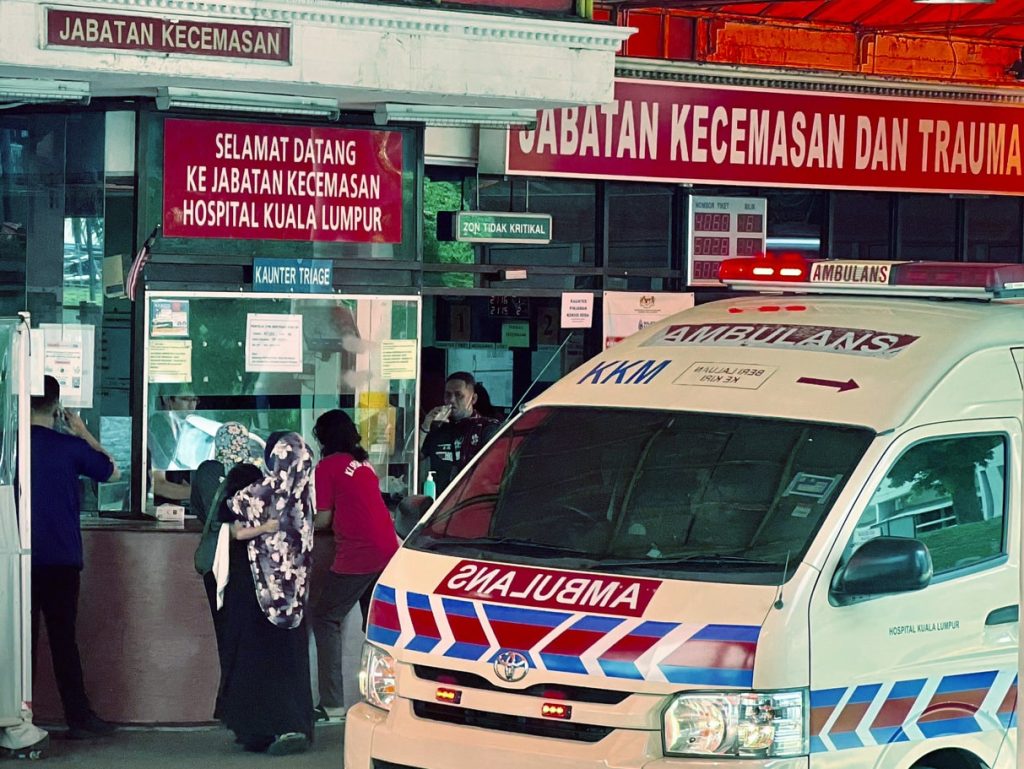
Dr Daniel (not his real name), a medical officer at HKL, argued that while there is a higher concentration of government doctors in the Klang Valley compared to other states, it cannot be ignored that the region caters to a significantly larger population due to its high population density.
“I think we need to look at the doctor-to-patient ratio. We’re not just talking about serving local residents, but foreigners as well. At HKL, just in the emergency department, we have around 100 medical officers, and some might argue that it’s already a substantial number,” he told CodeBlue.
“However, we must take into account two critical factors: firstly, the volume of patients we are attending to, and secondly, the extensive coverage areas we are responsible for. HKL has two Red Zones (Critical Zone), a Yellow Zone (Semi-Critical Zone), and a Green Zone (Non-Critical Zone) in the emergency department.
“Additionally, we have observation wards and patients who require intensive care but can’t access the intensive care unit (ICU) – we need to manage them too. In total, HKL has nine to 10 emergency zones that need attention.
“If the number of medical officers that we have now is ‘big’, we won’t be doing double or even triple shifts,” Dr Daniel said. “If we’re simply looking at numbers and not at the real situation, that is going to be bad for the whole health care system.”
Health Service Unable To Expand As Staffing Shortage Persists
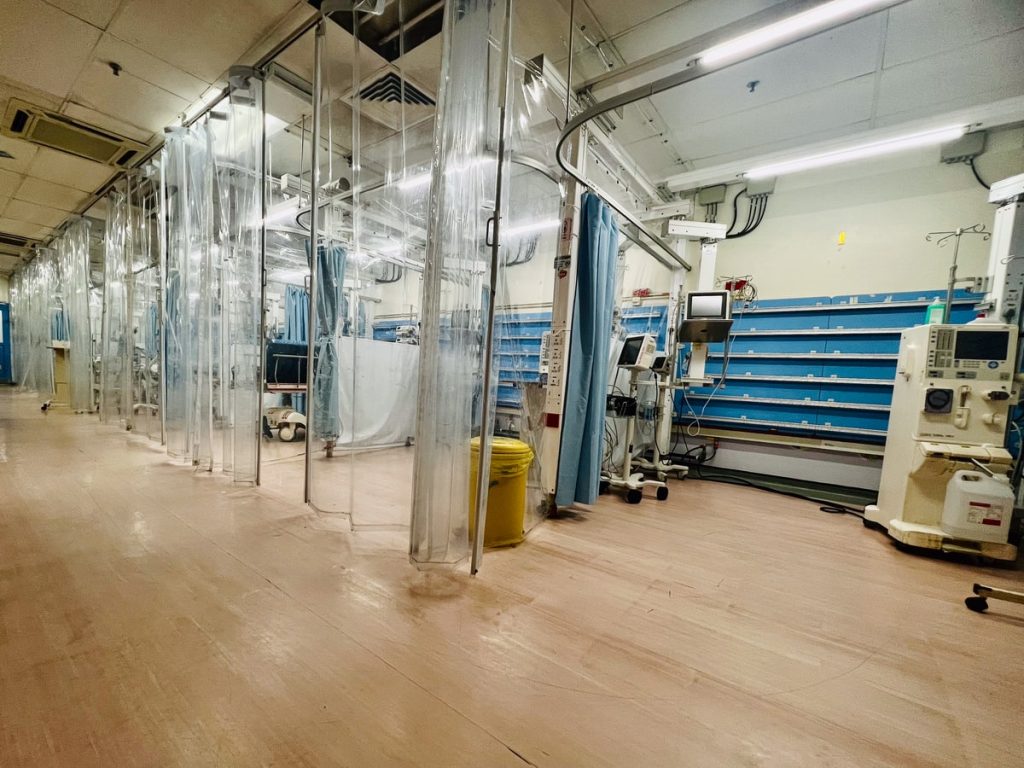
Dr Lokman said as staffing shortages continue, it is unlikely that Malaysia’s health care system will be able to expand its services at a rate that would put the country on par with other developing nations.
“The shortage has always been there, but the real problem is we cannot promote the development of the health care system. For example, there is a keyhole procedure for bypass surgery that has recently been introduced in Malaysia, but it is only available in private hospitals. This means that traditional open surgery is no longer performed, and instead, the keyhole procedure is used.
“However, only a few experienced surgeons have undergone the necessary training for this procedure, as it is a new technology,” Dr Lokman told CodeBlue.
“There are also other procedures or subspecialties that we want to develop [in Malaysia]. For example, in neuromedicine, there are procedures we want to implement that have been performed overseas for 15 years, yet we struggle to implement them here.
“People are always urging for health care services to expand, especially when we are compared against other developing countries. But with expansion comes manpower.
“It’s ironic that when a neurologist wants to offer a particular service, they are unable to do so because they don’t have a team. We want services to expand in the country, yet we do not have enough staff to support it.
“What’s happening right now is not a breakdown of the system. For me, we’re not in a ‘crisis’ because what that means, to me, is a breakdown – and that’s not what is happening,” Dr Lokman said. “It’s just, we can’t do more for you because we don’t have the support.”


